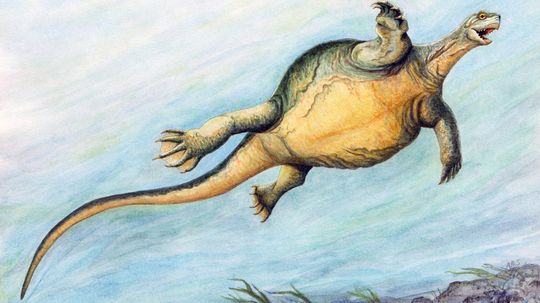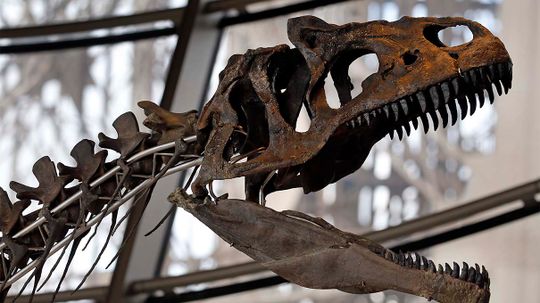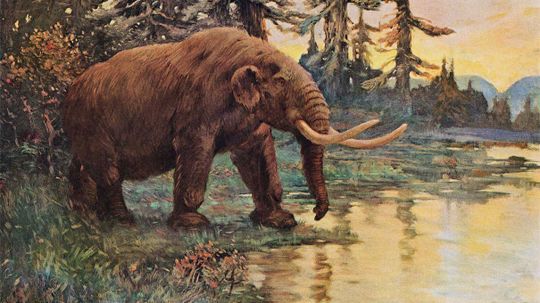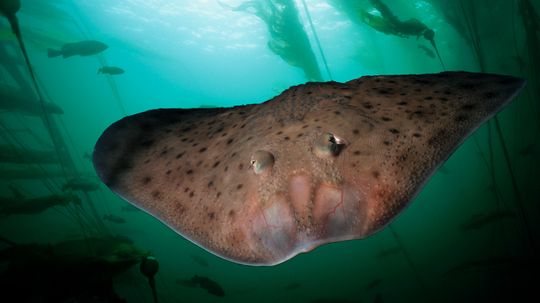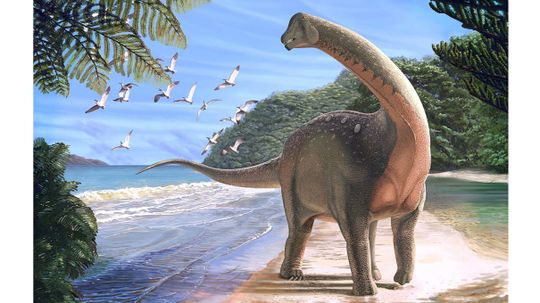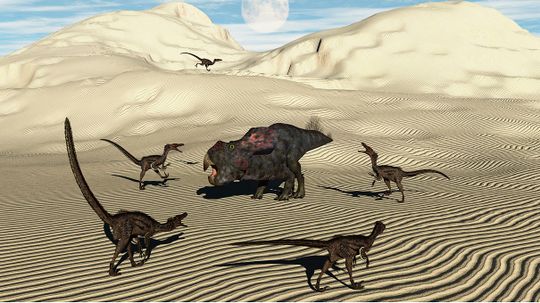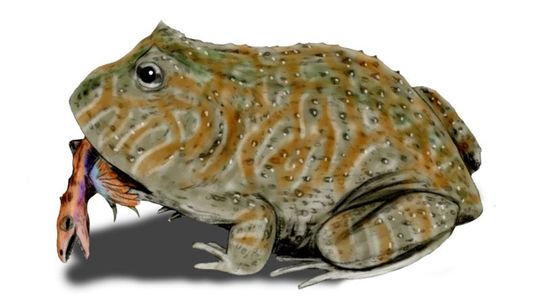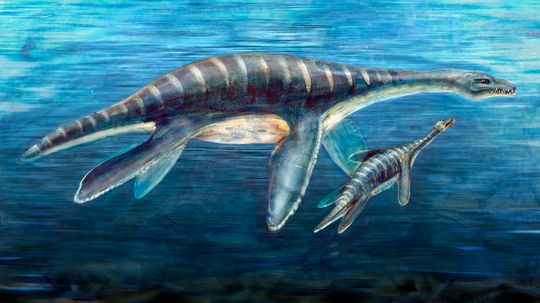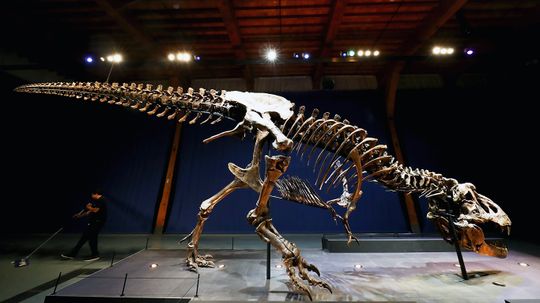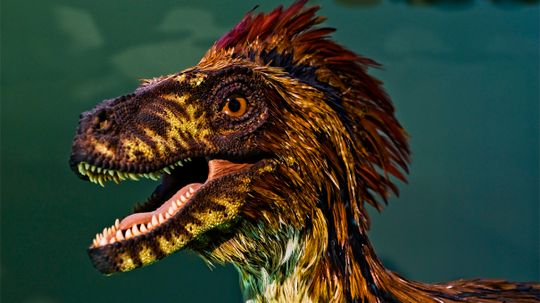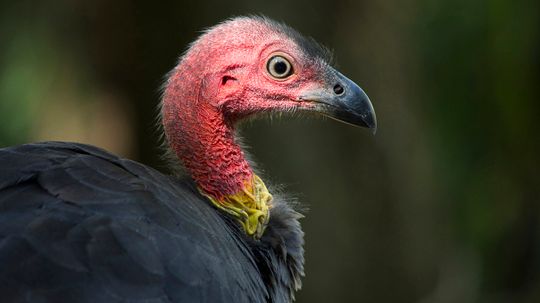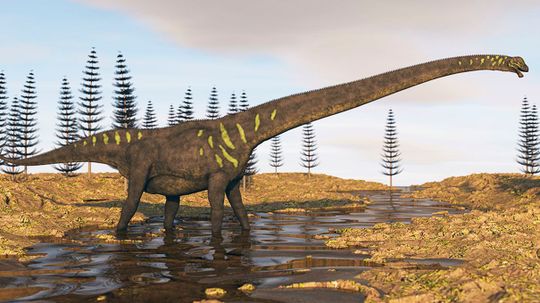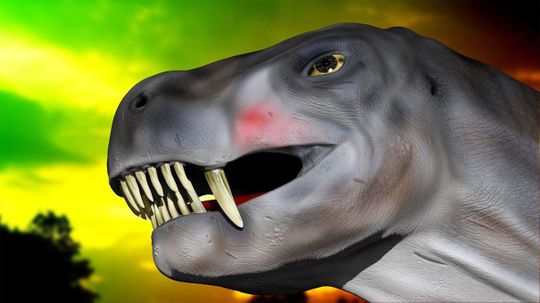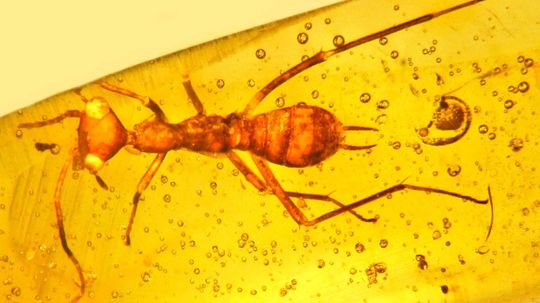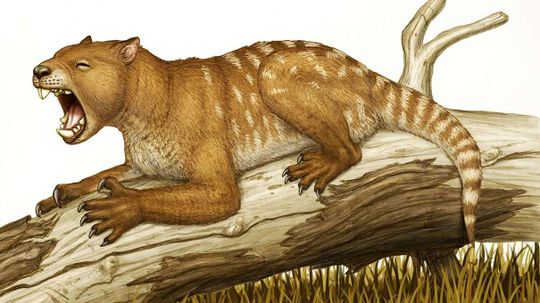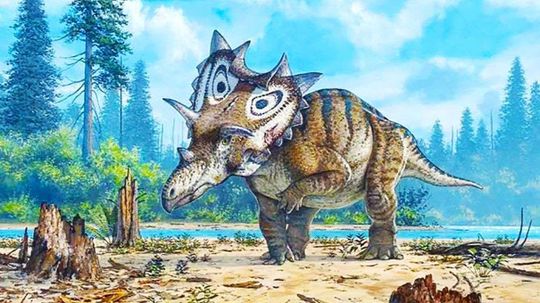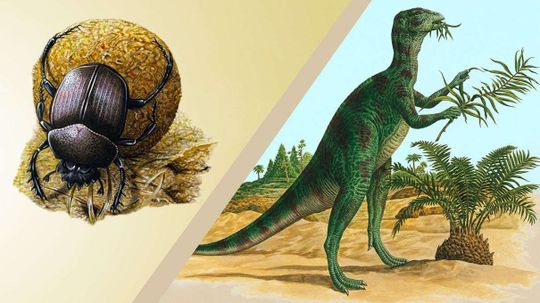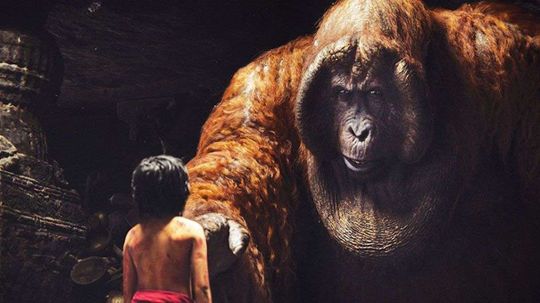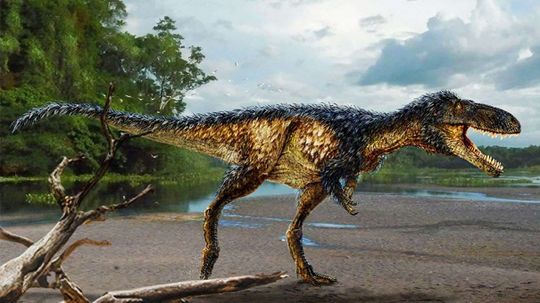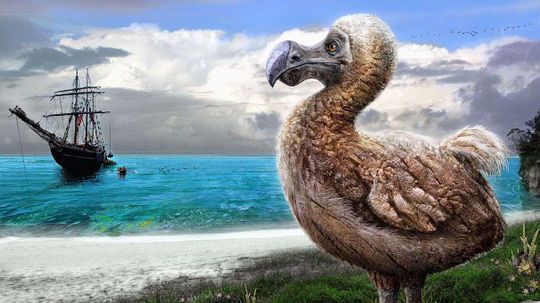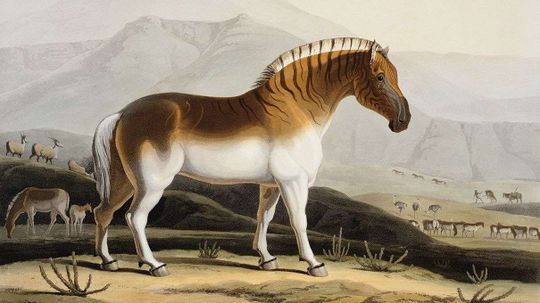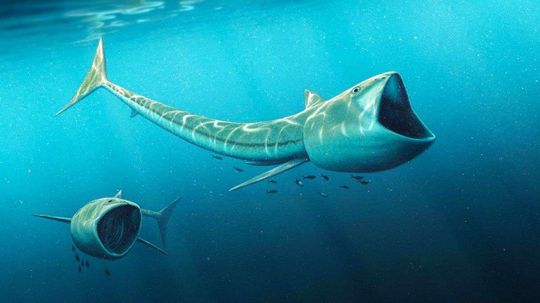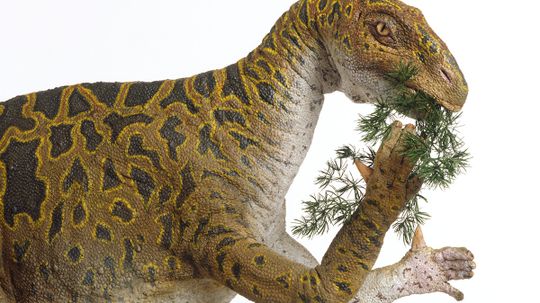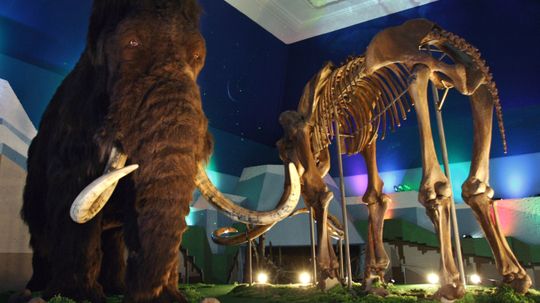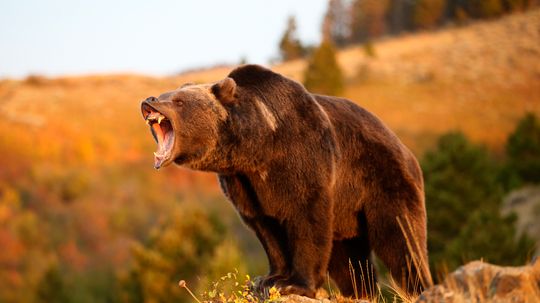Extinct Animals
Extinct animals are those species which are no longer living. This group includes prehistoric animals like dinosaurs and ice-age mammals, as well as moden species like the Dodo.

What Was the Biggest Dinosaur? Here Are the 4 Best Estimates
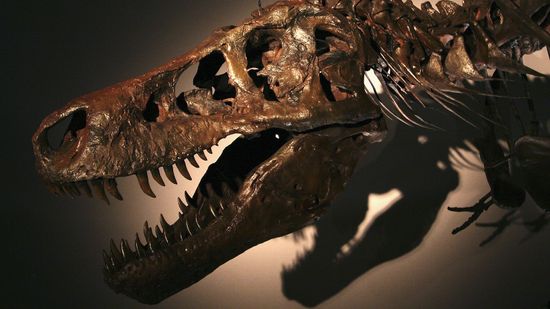
T. Rex Didn't Kiss and Tell, But May Have Had Lips
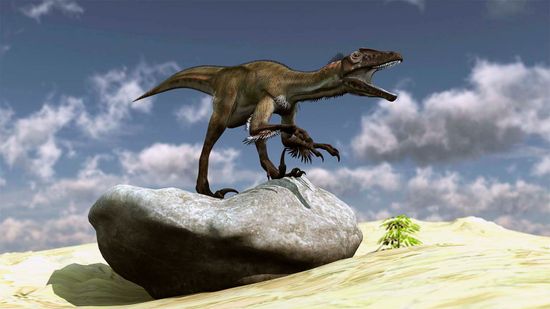
Utahraptor: The Salty Saga of a Killer Dinosaur
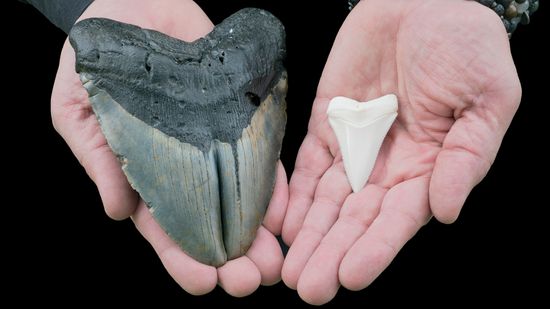
All About the Megalodon, Shark Giant of Prehistoric Times

Meet Palaeophis Colossaeus, the Largest Sea Snake of All Time

Meet Gigantophis garstini, an Enormous Prehistoric Snake
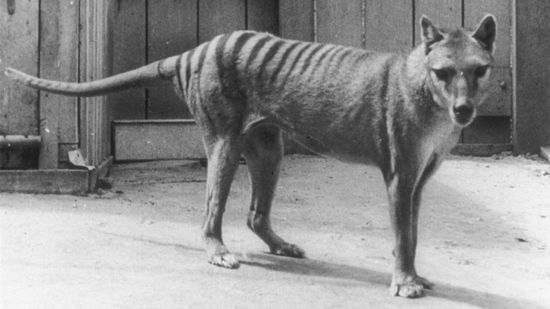
Real Life 'Jurassic Park'? Scientists Work to Bring Back Extinct Thylacine
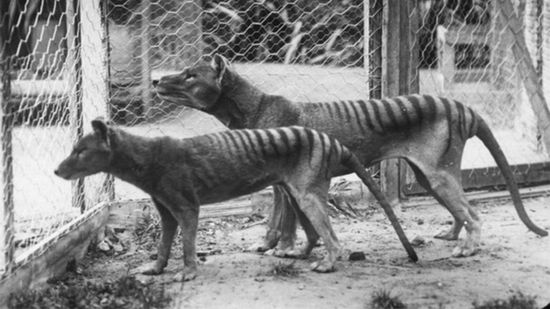
Once Thought Extinct, the Tasmanian Tiger May Still Be Prowling the Planet
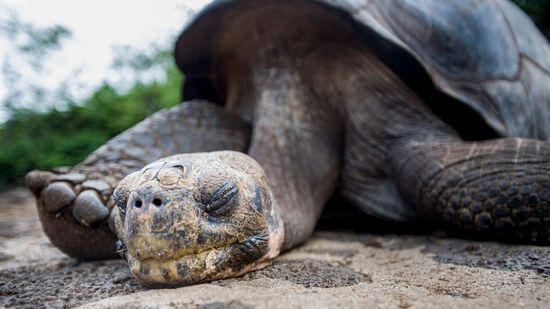
Lonesome George Lived to Be 100 Years Old. Genome Sequencing Is Figuring Out How
Learn More / Page 2
A 220 million-year-old turtle fossil discovered in China is the first of its kind ever to be found.
By Mark Mancini
Someone just paid $2.36 million to take home an exquisite dinosaur skeleton. The sale has added to the growing scientific anxiety about the commodification of precious, irreplaceable fossils.
By Mark Mancini
Massive mastodons roamed lower Kentucky during the last ice age. Jefferson was so fascinated by the creatures he was convinced they still roamed the plains in the 1800s.
By Mark Mancini
Advertisement
Walking evolved not on land but underwater.
By Robert Lamb
Could this exciting find help bridge the gaps between Africa's late Cretaceous fossil record and that of other continents?
By Mark Mancini
Scientists are at odds about whether Velociraptors worked together to take down their prey.
By Mark Mancini
A new study found that the Beelzebufo frog had a bite strong enough to take down dinosaurs.
By Mark Mancini
Advertisement
A new study suggests the extinct aquatic reptiles used all four flippers for uniquely efficient underwater motion.
By Mark Mancini
Tyrannosaurus rex was a giant predator that roamed the earth, so why did it have such tiny arms?
By Mark Mancini
Scientists generally agree that dinosaurs sported colorful, feather-like plumage. So do moviemakers lack imagination, or do audiences?
By Chris Opfer
The megapodes were supertall, but that didn't keep them from taking flight.
Advertisement
The colossal footprints of an herbivorous dinosaur found in western Australia might belong to the biggest dinosaur ever.
When we think venom, we think cobras and vipers. But Euchambersia was a reptile, a mammalian ancestor, and venomous, according to new fossil analysis.
This insect's appearance and characteristics are so unusual, it has received its own scientific order.
By Alia Hoyt
The method this ancient carnivore employed is unlike anything we see in predators today.
Advertisement
Spiclypeus shipporum was a dinosaur that roamed Montana 76 million years ago, and its unique horn structures set it apart from other horned dinos.
Nature is one big interconnected system. Learn how flowers and dinosaurs helped the dung beetle appear on the planet.
The character of King Louie gets a serious primate upgrade in the new Disney live-action-meets-CGI film. Did the ape also serve as inspiration for sasquatch and yeti?
The new dino discovery of Timurlengia euotica in Uzbekistan shows that Tyrannosaurus rex ancestors evolved smarts before they got large and took charge.
Advertisement
Centuries later, the flightless bird is finally getting some cred.
By Robert Lamb
More than 100 years after the last quagga died, scientists in South Africa are using selective breeding to bring it back.
The bony fish measured more than six feet long and ate prey using a filtering system similar to that of animals today.
Iguanodon continues to perplex us. Across the vastness of evolutionary time, she gives us a double thumbs-up. We just don't know if we should run or throw her a ripe mango.
By Robert Lamb
Advertisement
Both of these massive prehistoric creatures belonged to the same family, but they're actually very different species.
Grizzly bears are usually associated with colder climates, so you might be surprised to learn that they've also called Mexico home.
